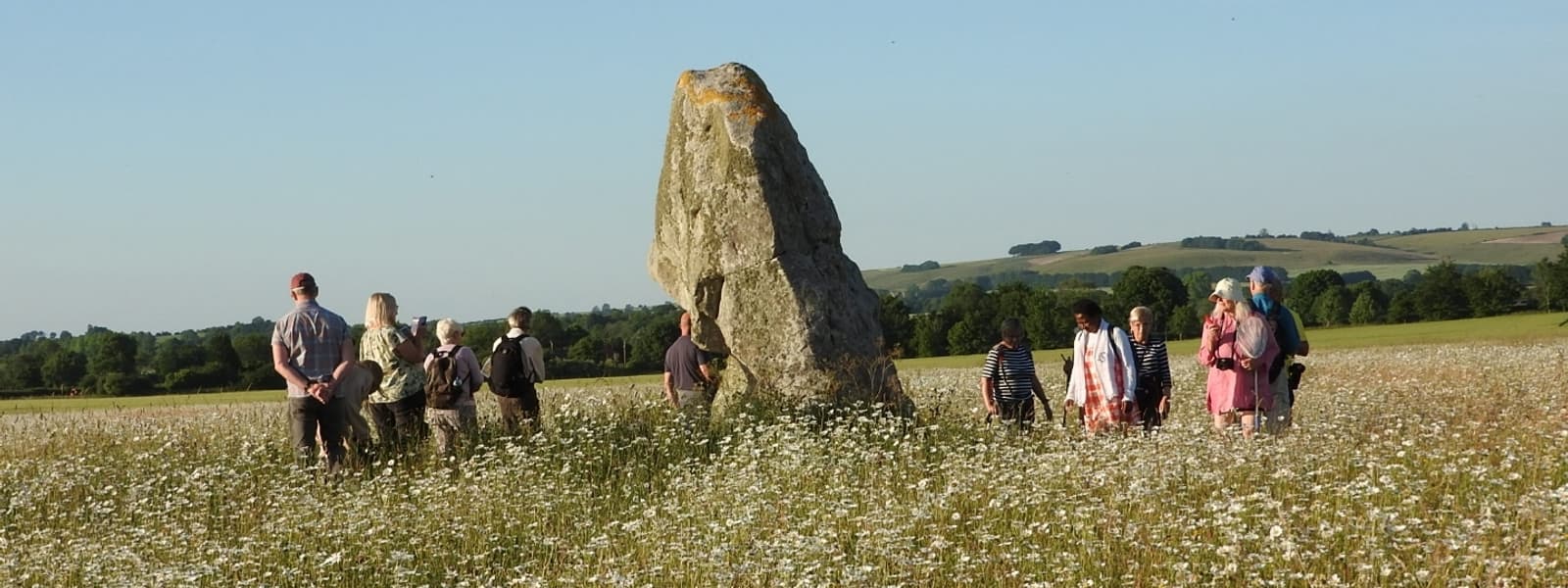North Wessex Downs National Landscape
From remote, rolling downland to picture postcard villages, the top-class walking country of the North Wessex Downs straddles four counties: Wiltshire, Berkshire, Hampshire and Oxfordshire. An area united by a single factor – chalk! And it is this geology that has formed the wide-open downland, dramatic scarp slopes, majestic ancient woodland and sheltered river valleys of the landscape.
The North Wessex Downs encompasses the bright, bare uplands of the Marlborough, Berkshire and North Hampshire Downs and, on its northern edge, sweeps to a crest above the White Horse Vale. In the east, the chalk ridge meets the River Thames and the Chilterns along the wooded reaches of Goring Gap. It loops south round the Kennet Valley, with superb views north from the steep scarp edge, to fall gently away to the Test Valley. These richly-farmed valley landscapes are in pleasing contrast to the chalk uplands. They include the Vale of Pewsey’s meadows in the west and the handsome beech avenues and oak-fringed glades of Savernake Forest.
Wildlife here has an abundant range of special places to live and one of the most significant is the chalk grassland. This springy turf is a rich habitat for chalk-loving flowers and rare butterflies. Farmland is a home to lots of rare bird species including lapwing, skylark and the elusive stone curlew. There are heathlands at Snelsmore Common and Bucklebury, veteran trees at Ashmansworth and Savernake, and sparkling chalk streams such as the River Kennet and the Lambourn.
The importance of the surviving downland habitat, ancient woodland and chalk streams is matched in this landscape by its huge archaeological significance. Settled since 3000 BC, the downs are dotted with barrows and other prehistoric features. The Wansdyke earthwork, Roman roads and ancient tracks such as the Ridgeway add to a striking sense of antiquity. In places, distinctive white horses have been cut into the chalk, the most famous being the White Horse of Uffington. The neolithic stone circle at Avebury and surrounding monuments are included in a World Heritage Site.










